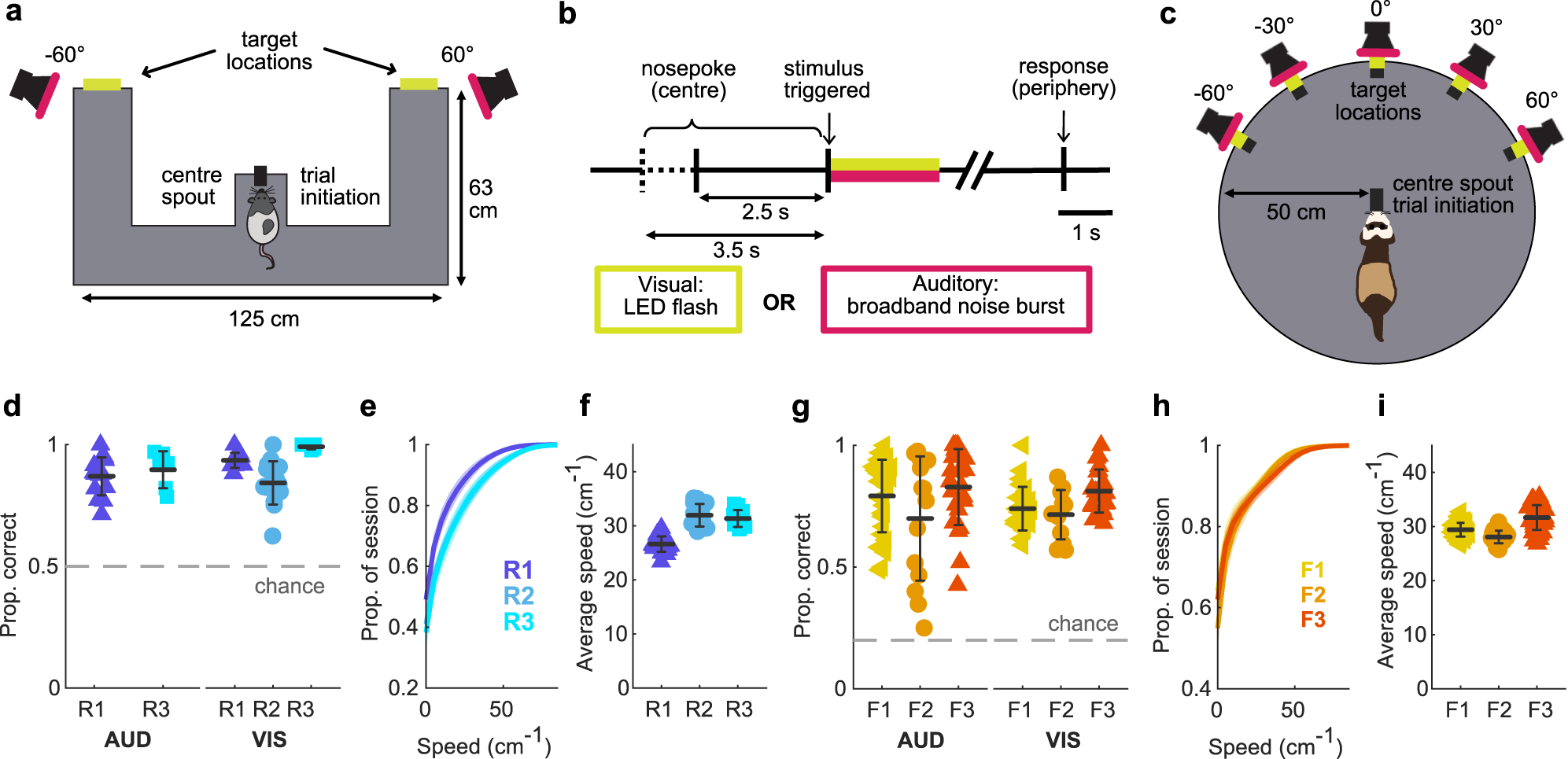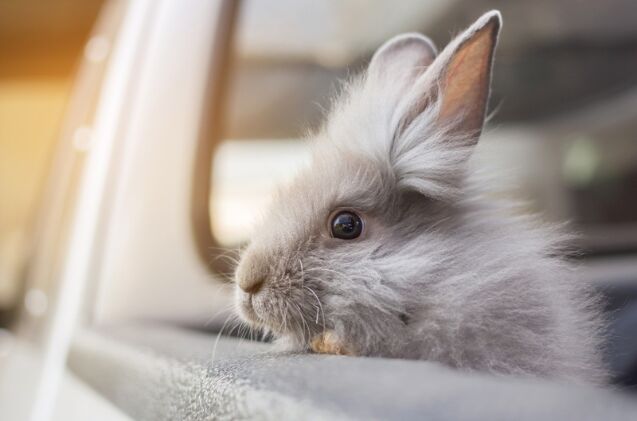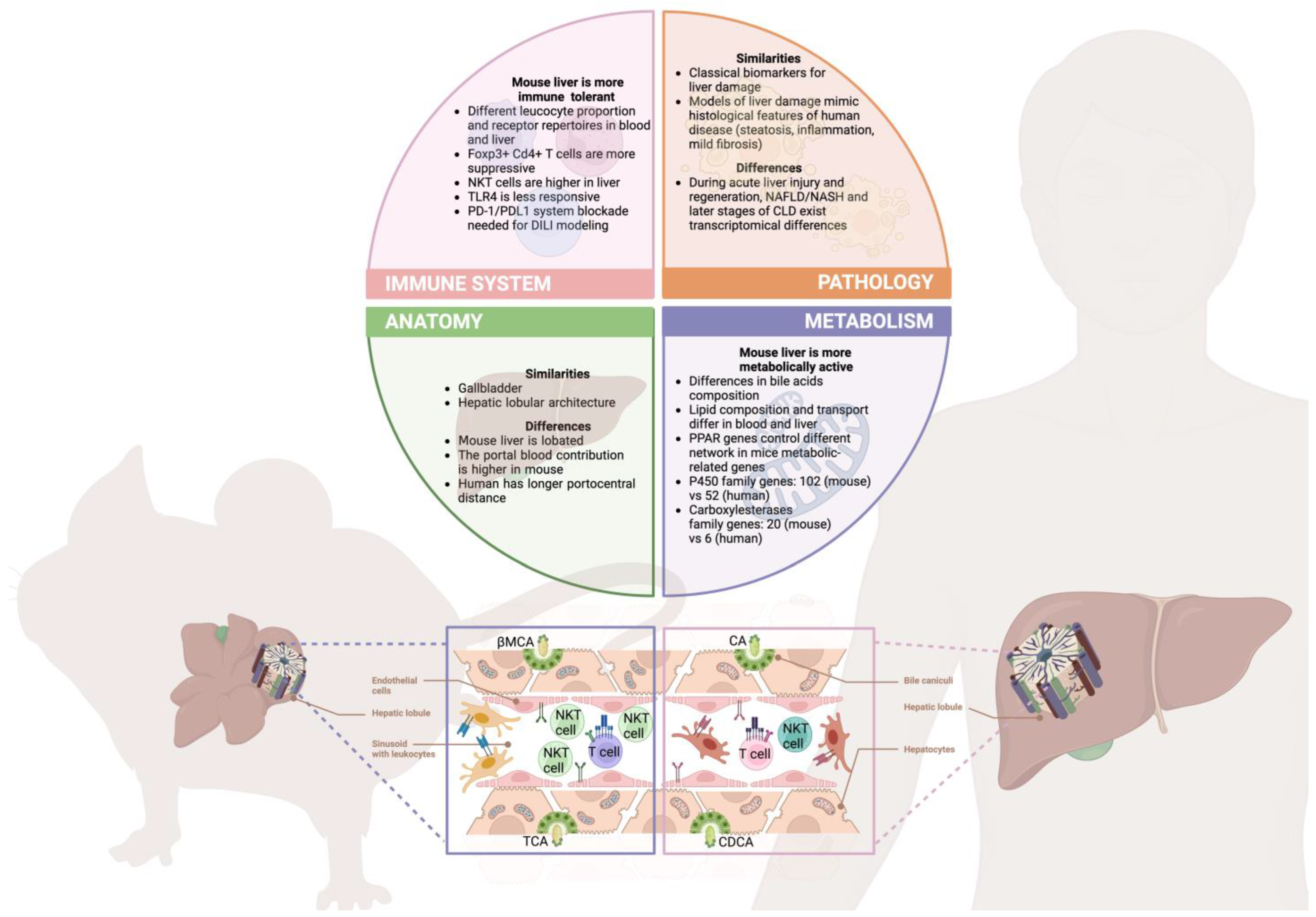From tiny bodies to giant ears, rabbits have super specialized physiologies
$ 9.00 · 4.8 (210) · In stock

We’ve already seen that rabbits and hares have quite interesting physiology, but for certain species of leporidae the adaptations get even more extreme. The smallest rabbit in existence is the pygmy rabbit, who weighs on average only 450 grams! They’re found in the western US and are one of the only rabbit species who dig their own burrows, as opposed to repurposing the found burrows of other animals. Hares, on the other hand, don’t use burrows at all but make nests in grass and underbrush. Part of the reason for this is their impressive ability to run away from predators, as opposed to hiding from them in the first place. Some species of hares can run as fast at 80 km/h! This speed requires some serious shock absorption to keep their brains from being rattled, so they’ve actually developed hinged skulls. Rabbits are generally known for their massive ears, but they actually do a lot more than just hear predators and friends. Rabbits ears are crucial for thermoregulation! Their large surface areas allow bunnies to release their heat and keep cool, that’s why bunnies that live in hot areas tend to have the largest ears. @AdaMcVean

Burgess Premier Small Animal Show 2012: Rabbit Grand National attracts the best of Britain's bunnies

Cx43 carboxyl terminal domain determines AQP4 and Cx30 endfoot organization and blood brain barrier permeability

Scottish Lowlands • Mike Meller Photography

Hamster Anatomy Poster Bones Organs Small Mammal

What are some animals that have small ears? What is the purpose of the adaption? - Quora

Behaviourally modulated hippocampal theta oscillations in the ferret persist during both locomotion and immobility

Articles by Ada Mcvean B.sc. Office for Science and Society - McGill University

Can I Take My Rabbit on a Road Trip Safely?

I hear you like big ears, Reddit. How about teeny tiny ones? : r/Rabbits

Animals, Free Full-Text
Fennec Fox National Geographic

Animals, Free Full-Text